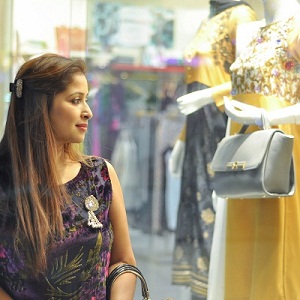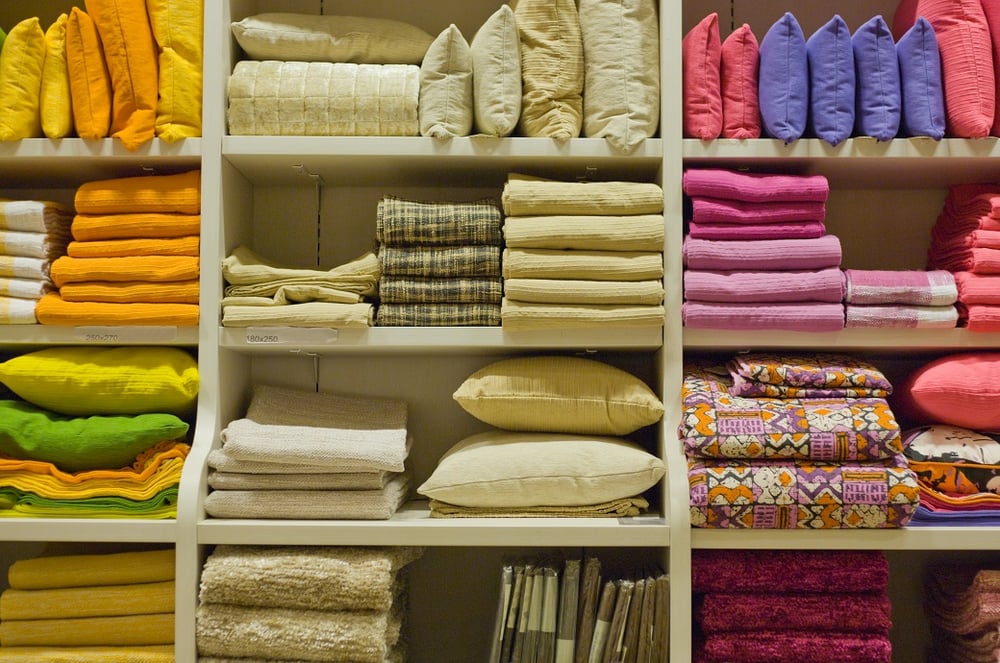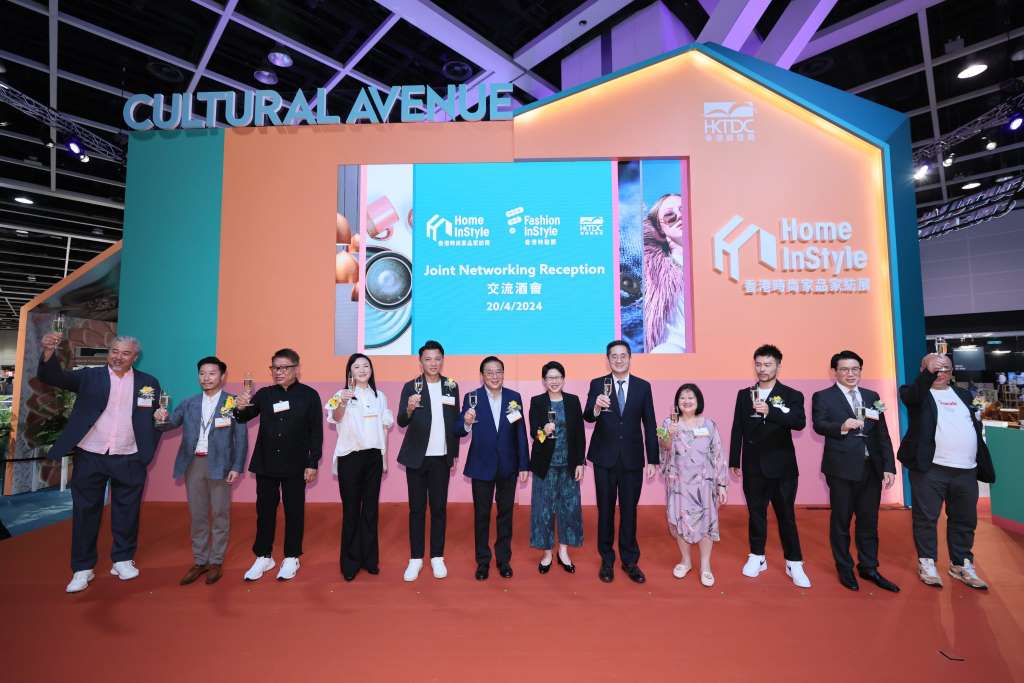"As per data from McKinsey’s FashionScope, India’s apparel market will be worth $59.3 billion in 2022, making it the sixth largest in the world, comparable to the United Kingdom’s ($65 billion) and Germany’s ($63.1 billion). The aggregate income of the addressable population is expected to triple between now and 2025. According to Sanjay Kapoor, Founder of Genesis Luxury, a luxury retail conglomerate, higher incomes are likely to create a whole new class of consumer: Retailers are moving on toward the ‘gold collar’ worker, term that defines the highly paid professionals."
 Though economic expansion is happening across Asia, 2019 will be the year when India will take center stage. As highlighted in McKinsey’s latest ‘State of Fashion report written in partnership with the Business of Fashion, India’s ascent is one of 10 trends the fashion industry needs to watch out for in 2019.
Though economic expansion is happening across Asia, 2019 will be the year when India will take center stage. As highlighted in McKinsey’s latest ‘State of Fashion report written in partnership with the Business of Fashion, India’s ascent is one of 10 trends the fashion industry needs to watch out for in 2019.
Retailers leverage technology
As per data from McKinsey’s FashionScope, India’s apparel market will be worth $59.3 billion in 2022, making it the sixth largest in the world, comparable to the United Kingdom’s ($65 billion) and Germany’s ($63.1 billion). The aggregate income of the addressable population is expected to triple between now and 2025. According to Sanjay Kapoor, Founder of Genesis Luxury, a luxury retail conglomerate, higher incomes are likely to create a whole new class of consumer: Retailers are moving on toward the ‘gold collar’ worker, term that defines the highly paid professionals.
Over 300 international fashion brands are expected to open stores in India in the next two years. To build momentum around conventional stores, Indian players are innovating: retailers are leveraging technology to enhance the in-store experience with digital marketing displays and improved checkout. For instance, Madura Fashion & Lifestyle launched the Van Heusen Style Studio, which uses augmented reality to display outfits on customers. Malls have also increased their share of space devoted to food service and entertainment.
Growth in the apparel sector is also being driven by increasing tech savviness among consumers. Ten years ago, technology was for the few, with just five million smartphones in a country of 1.2 billion people and only 45 million Internet users. These figures have since increased to 355 million and 460 million, respectively, in 2018, and they are expected to double by 2021, when more than 900 million Indian consumers will be online. E-commerce leaders are moving to solutions based on artificial intelligence.
Consumption patterns, preferences in focus
Successful brands have studied the consumption patterns of their consumers, their preferred colors, designs and touchpoints. Indian women have beautifully amalagated the Indian and Western sensibilities across the spectrum. Traditional clothing made up almost 70 per cent of women’s apparel sales in 2017. It is expected to account for a 65 per cent market share by 2023.
Indian women have beautifully amalagated the Indian and Western sensibilities across the spectrum. Traditional clothing made up almost 70 per cent of women’s apparel sales in 2017. It is expected to account for a 65 per cent market share by 2023.
With nearly 40 per cent of the Indian network unpaved till 2016, India’s infrastructure too continues to lag behind that of many other Asian countries. In addition, retail stock is often below expectations. However, there are signs of improvement. Reliance Brands, which operates over 500 stores for International brands is developing two fantastic luxury malls in Mumbai along with the convention center.
Offering a great promise
Many brands are determined to take advantage of India’s blossoming growth. The majority are likely to choose one of the three routes. First, players can partner with existing e-commerce platforms. This is most suitable for players with low brand awareness and relatively little capital to invest; it also offers a good way to test demand and customer preferences. Second, brands that have little local knowledge and are looking to enter the market quickly can do so with a franchise model, developing brick-and-mortar retail spaces. Finally, players that have significant local knowledge and capital resources can create fully owned and operated stores.
In short, the Indian market offers great promise. Despite structural challenges that include inequality, infrastructure, and market fragmentation, strong economic growth, scale and rising tech savviness will combine to make India the next destination for global fashion and apparel business.












